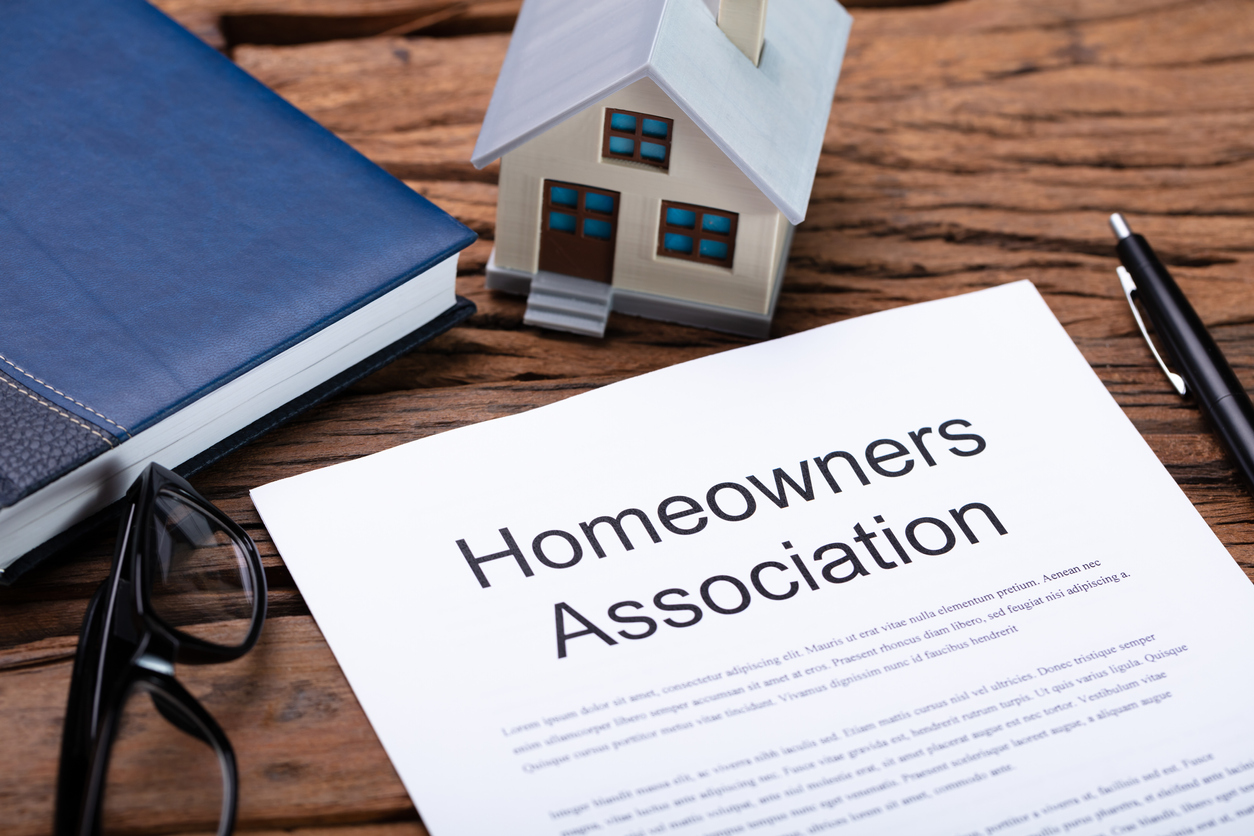Condo HOA and Community Occasions: Building Stronger Links
Condo HOA and Community Occasions: Building Stronger Links
Blog Article
How Condominium HOA Governs Shared Areas and Boosts Neighborhood Consistency
The administration of shared rooms within a condominium association plays a critical duty in fostering area cohesion and keeping building values. With the facility of extensive standards, the Condo HOA not only manages the usage of communal amenities but also advertises a culture of respect and liability amongst homeowners. By dealing with possible conflicts and facilitating open discussion, the HOA can enhance the general living experience. However, the performance of these techniques frequently depends upon energetic participation and dedication from all members, questioning concerning the most effective methods to achieve lasting area harmony.
Duty of the HOA
The property owners organization (HOA) functions as the regulating body for condo communities, playing a critical role in preserving the property and promoting a natural living environment. It is accountable for enforcing and passing neighborhood rules and policies, which are made to preserve the aesthetic worth and capability of the common space. This governance guarantees that all citizens stick to a standard collection of assumptions, fostering a sense of unity among diverse property owners.
Furthermore, the HOA takes care of the economic facets of the area, consisting of budgeting, accumulating fees, and maintaining usual locations. This financial oversight is crucial in guaranteeing that required upkeep and renovations are brought out immediately, boosting building values over time. The HOA additionally works as a liaison in between locals and exterior entities, such as regional government and solution suppliers, resolving common concerns properly.
Additionally, the HOA commonly organizes neighborhood events and programs, motivating neighborly interactions and building relationships among citizens. By facilitating open interaction and addressing grievances, the HOA contributes to a harmonious living setting. Thus, its multifaceted function is necessary in ensuring the smooth procedure and general fulfillment within condominium areas.
Guidelines for Shared Areas
Effective administration in condominium areas requires clear policies for common spaces, which are essential for maintaining order and advertising a sense of community among locals. These policies act as standards that ensure everybody can enjoy typical areas, such as pools, yards, and recreational centers, without conflict.

Additionally, sanitation and upkeep standards are vital, usually stipulating that locals need to cleanse up after themselves and report any type of problems to the homeowners' organization. By plainly connecting these assumptions, the HOA can lessen misconceptions and urge respect amongst homeowners.
Eventually, well-defined rules for shared spaces add to the overall lifestyle in a condo neighborhood, allowing locals to coexist in harmony while delighting in the services that boost their living see page experience. condo hoa.
Significance of Neighborhood Guidelines

Community guidelines play a significant duty in promoting a cohesive and respectful atmosphere within condominium organizations. These standards establish clear assumptions for homeowners, advertising a feeling of accountability and shared duty. By marking appropriate habits and practices, community guidelines help prevent misconceptions and disputes among residents.
Furthermore, these standards work as a framework for keeping the functional and visual stability of shared rooms. They make sure that all locals stick to criteria relating to residential property maintenance, sound levels, and use of common facilities. This harmony not only boosts the visual allure of the area however additionally adds to general residential or commercial property values, profiting all house owners.

Conflict Resolution Methods
Browsing conflicts within a condominium organization calls for an organized method to make certain reliable and fair resolution. Effective dispute resolution techniques usually start with open interaction, encouraging locals to voice worries in a considerate fashion. Developing an assigned network for complaints, such as a recommendation box or an on-line discussion forum, can facilitate this process.
Mediation is an additional important strategy, wherein a neutral 3rd party aids challenging locals get to a mutually acceptable service. This technique cultivates collaboration and understanding, lessening hostility - condo hoa. The HOA board should likewise create clear treatments for dealing with problems, ensuring all celebrations recognize the actions involved
Normal problem resolution training for board participants can enhance their ability to deal with conflicts successfully. Using a well-defined framework, such as the "Interest-Based Relational Approach," helps concentrate conversations on passions instead of positions, promoting a solutions-oriented frame of mind.
Benefits of Neighborhood Consistency
Promoting community harmony within a condominium organization brings countless benefits that enhance the overall living experience for locals. An unified neighborhood urges cooperation and collaboration amongst neighbors, resulting in a more kindly atmosphere. When residents feel linked and reputable, they are most likely to participate in public tasks and join decision-making processes, leading to a more powerful feeling of belonging.
Furthermore, area consistency considerably decreases misunderstandings and disputes, which can otherwise interfere with day-to-day live. A relaxed setting decreases stress and anxiety and advertises mental health, enabling homeowners to appreciate their homes completely. Furthermore, harmonious relationships frequently equate right into increased residential or commercial property worths, as click to read prospective buyers are attracted to areas characterized by stability and collaboration.

Final Thought
Through the facility of clear rules and area standards, residents are encouraged to preserve a considerate and responsible setting. Ultimately, the initiatives of the HOA contribute to a natural area, advertising both home values and general resident fulfillment.
In Addition, the HOA frequently organizes neighborhood events and programs, motivating neighborly communications and constructing partnerships among citizens. By delineating appropriate behaviors and practices, area guidelines help stop misconceptions and disputes amongst homeowners.
Additionally, area standards promote effective communication among citizens and the Homeowners Organization (HOA) Through the establishment of clear regulations and neighborhood standards, citizens are urged to maintain a liable and considerate atmosphere. Eventually, the initiatives of the HOA contribute to a natural area, promoting both building worths and total resident complete Extra resources satisfaction.
Report this page